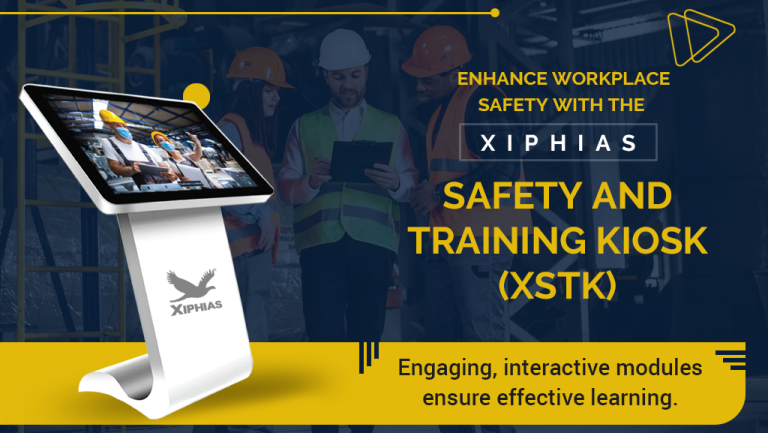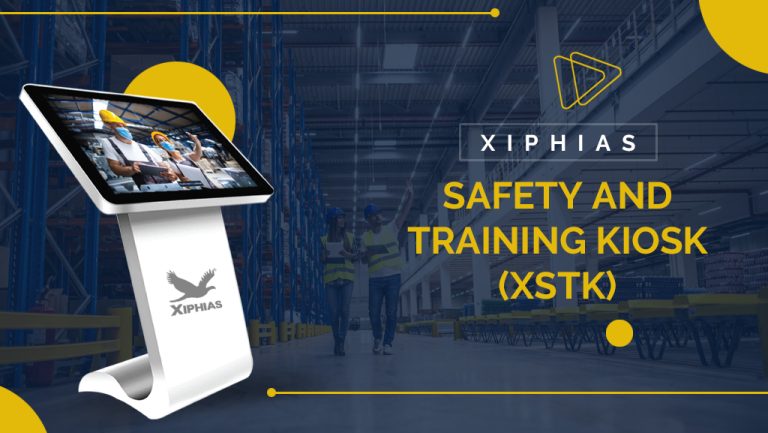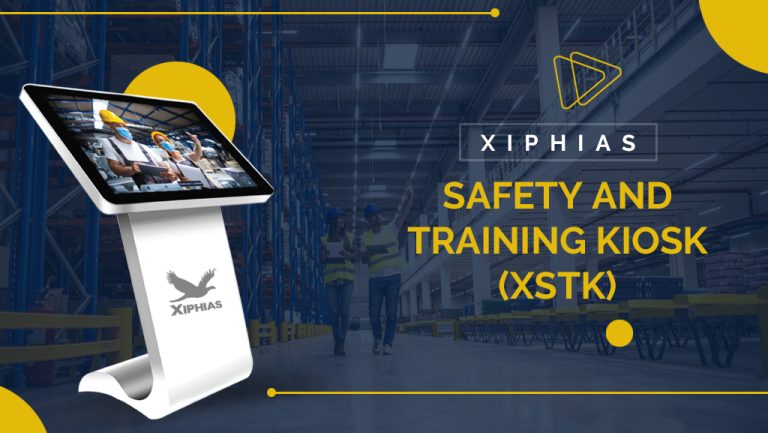Why Interactive Safety Training Kiosks Are More Effective Than Traditional Methods?
Keeping employees safe is of utmost importance in the fast-paced world of today. More participatory and interesting ways are gradually taking the place of traditional safety training techniques including classroom lectures and films. The interactive safety instruction kiosk is one example of a creative solution. The many benefits of interactive safety training kiosks over conventional techniques will be covered in this blog post. These kiosks are improving safety training programs through improved engagement and retention as well as personalized learning experiences.
I. Enhanced Engagement
Multi-Sensory Learning:
Utilizing tactile, aural, and visual learning strategies, interactive safety training kiosks produce a multi-sensory experience that increases engagement. Kiosks promote active involvement and deepen comprehension of safety measures by including interactive components like touchscreens, simulations, and quizzes.
Gamification:
Kiosks offer gamified training modules that make learning entertaining. Kiosks take advantage of employees’ natural competitiveness by incorporating game-like aspects like points, leaderboards, and awards. This encourages participation and helps employees remember safety information.
II. Personalized Learning
A. Tailored Content:
Employers may tailor interactive safety training kiosks to particular job responsibilities and risks, ensuring that employees receive instruction pertinent to their settings and roles. Personalized content makes safety training more relevant and effective by addressing specific hazards and issues.
B. Self-Paced Learning:
Employees have the freedom to learn at their own pace thanks to kiosks. Interactive kiosks let students study or redo modules in accordance with their particular needs, in contrast to conventional techniques that follow strict schedules. This method of self-paced learning encourages higher memory retention while accommodating different learning preferences.
III. Realistic Simulations and Hands-On Practice
A. Immersive Simulations:
Realistic simulations that mimic potentially dangerous circumstances that employees can experience are available through interactive safety training kiosks. Kiosks offer a risk-free setting for practicing safety procedures by submerging learners in simulated scenarios. Employees are able to use their knowledge, gain confidence, and make wise judgments in actual scenarios thanks to this practical approach.
B. Emergency Response Training:
By mimicking emergency situations like fires or medical emergencies, kiosks excel in emergency response training. Employees can improve their response skills, assess possible outcomes, and sharpen their critical thinking skills through interactive simulations. This hands-on training improves their readiness and gives them the tools they need to deal with situations successfully.
IV. Performance Tracking and Analytics
A. Data-Driven Insights:
Kiosks for interactive safety training produce insightful information on employee development, engagement, and performance. Kiosks give businesses data-driven insights to enhance training programs and customize future material by monitoring user performance and pinpointing knowledge gaps.
B. Continuous Improvement:
When firms have access to analytics and performance indicators, they can continuously improve their safety training programs. Interactive safety training kiosks give businesses the ability to be proactive and maintain employee safety by identifying specific areas for improvement and modifying training materials accordingly.
Conclusion:
safety training kiosks are altering how businesses handle worker security. These kiosks provide many advantages over conventional approaches by fusing engagement, personalisation, accurate simulations, and data-driven insights. Kiosk-based training keeps workers interested because it is immersive and interactive, and because the curriculum is tailored to each worker’s position. Employees may perfect their abilities in a safe atmosphere thanks to realistic simulations and practical training, which increases their preparedness and confidence.





Thanks for sharing this information.
guidance for phd formats
Thanks for sharing this information.
best xray services in gwalior